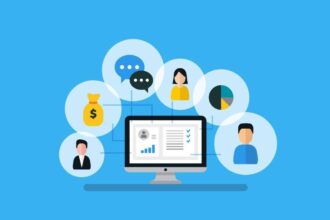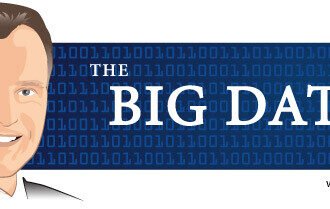Large SAP environments are like Rubik’s Cubes— change one square, and the cascading effects are huge because the parts all interconnect. You need to plan many moves ahead.
Large SAP environments are like Rubik’s Cubes— change one square, and the cascading effects are huge because the parts all interconnect. You need to plan many moves ahead.
This is top of mind for any IT professional focused on SAP. At the Americas’ SAP Users’ Group (ASUG) meeting last Friday outside of Nashville, Tennessee, Jeffrey Yell joked about the pain of interdependency while presenting best practices for his Center of Excellence at Louisiana-Pacific Corp. [If] “I stub my toe, then my arm goes up and my ear hurts!
”It is no different with software rollouts that relate to compliance. Enterprises that report under U.S. GAAP or International Financial Reporting Standards (IFRS) will need to plan many moves ahead to comply with new revenue rules.
Starting January 2018, IFRS 15, a revenue Standard issued jointly by the International Accounting Standards Board (IASB) and the US Financial Accounting Standards Board (FASB), will force these companies to change how they recognize revenue. The core idea is that a company can only report revenue for goods or services when the buyer realizes its value.
What does this mean? Suppose you sign up for a two-year bundled wireless contract and get the smartphone for free or a discounted price. Your wireless carrier must assign market values to the smartphone and the service, and use those to determine when they can realize the revenue. In many cases they’ll have to re-allocate revenue from hardware to services.
If your head is hurting after reading the last paragraph, you are in good company. I recently met an SAP data architect with a major management consulting firm that is advising IT shops across the globe about how to prepare for IFRS 15. Many organizations, he says, are only beginning to understand the complexities. In July IASB and FASB postponed the effective date by one year to buy everyone much needed implementation time.
SAP, whose chief accounting officer is on the IFRS/IASB Advisory Board, is planning ahead and urging customers to do the same. Laurence Nicolas of SAP recently blogged that “any company affected by IFRS 15 should start preparing for it now to avoid incorrect reporting and non-compliance. Most existing billing solutions will not meet the new complex regulations and calculation schemes, so it’s best to address these issues now rather than later.”
So where to start?
Enterprises should factor several points into their planning.
– Determine whether you need to integrate data subsets that previously have been separate. Nicolas points out that telcos, for example, will need to start incorporating contracts, commissions and accounts receivable into their revenue calculations, which creates the need for data quality controls, auditing and reconciliation. This will require new systems in many cases.
– Take advantage of SAP’s advice and free software. SAP Revenue Accounting and Reporting (RAR), a module in ECC that works with the Business Suite on HANA, reduces some challenges according to SAP reseller and consulting firm Bramasol. “The approach SAP has taken is that sales and fulfillment operations should not have to be changed… for a complete and correct revenue accounting treatment,” writes Hans Christian Metz in a recent blog.
– Enlist all stakeholders in a methodical planning and implementation process. Bramasol, which has partnered with SAP to advise clients on IFRS 15, recommends that all affected teams review demonstrations of SAP’s new software before digging into customer data. “This a phase where the different stakeholders in the customer organization finally realize that they have to work together,” writes Metz.
He next recommends that enterprises execute a proof of concept with 4 to 8 “core business scenarios” on data subsets for primary revenue streams. Upon deciding to take SAP RAR into production, you’ll need to determine the full scope of data to replace as part of the migration.
– Make your testing lean and mean. As with any rollout, your test environment should include exactly the right data samples – and no more! Attunity Gold Client software replicates highly granular data subsets to test environments. You can replicate specific transactions, or slices of data from across the SAP landscape of Finance, sales ordering, etc. You can select series of records based on date ranges, bring over partial documents, and delete or scramble key fields for security.
This reduces storage requirements of the non-production environments and minimizes the labor spent aligning test and production data. SAP administrators also can shorten production support, development and test cycles.
There will be no glory in complying with IFRS 15 revenue rules. But there is plenty of penalty for procrastination! Start your planning today.









